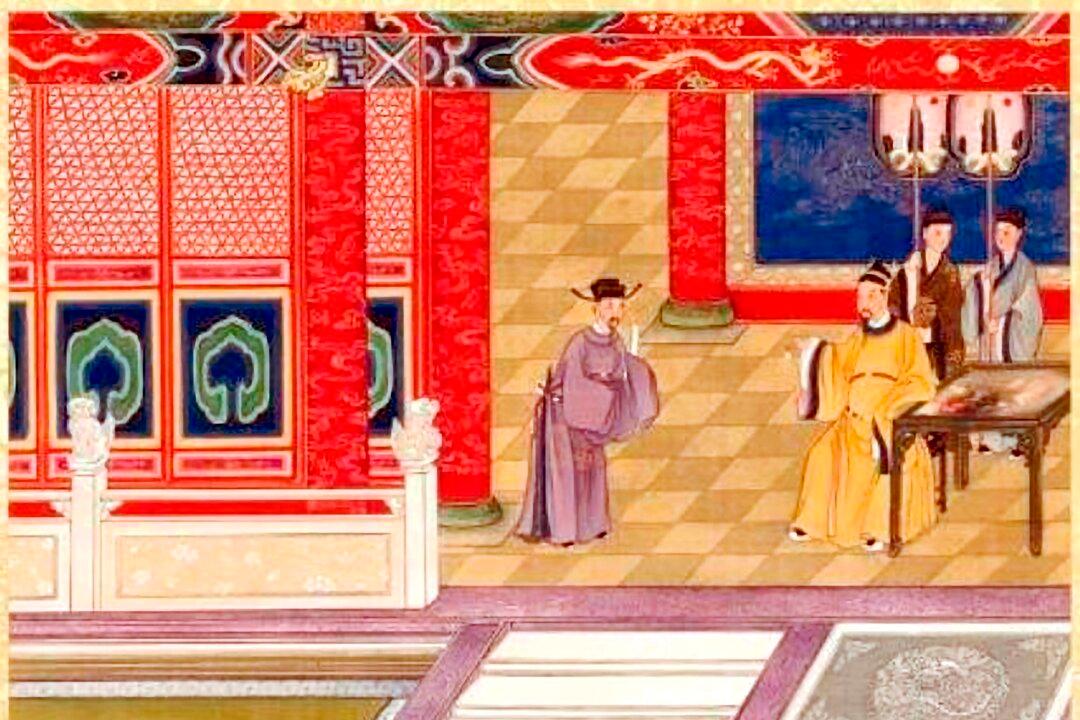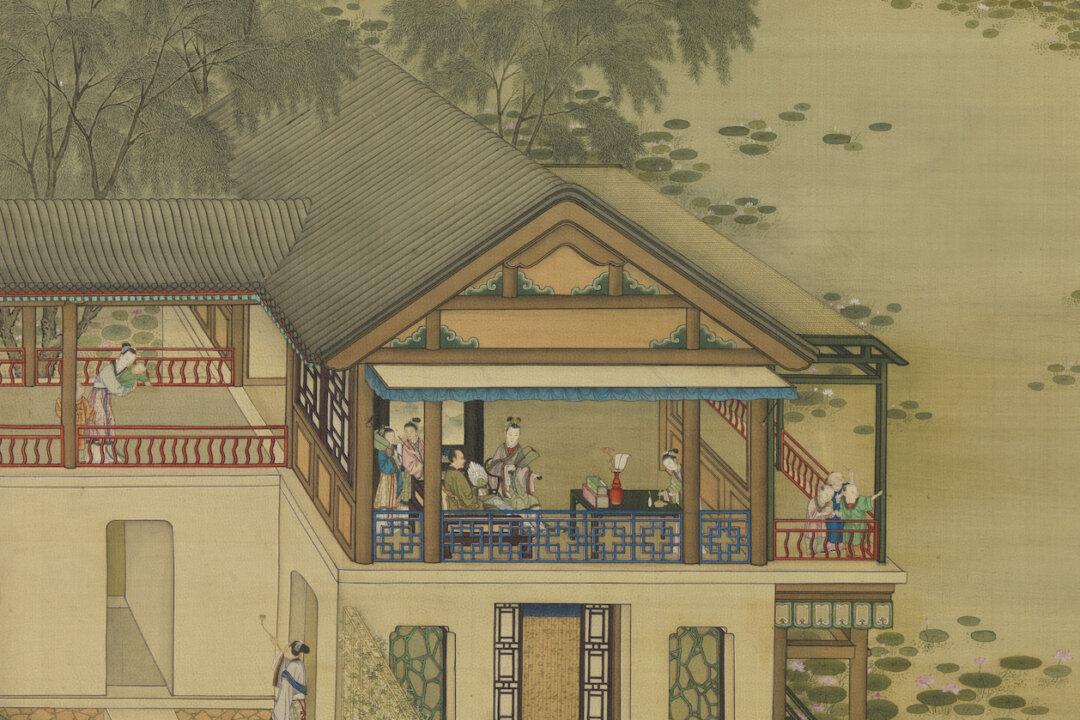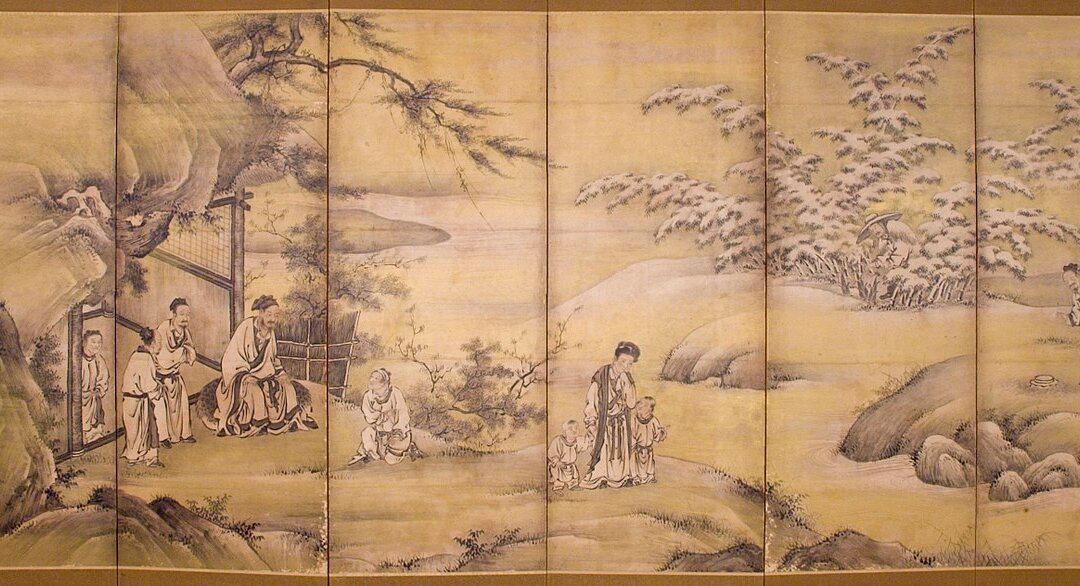陽 (yáng) is a Chinese character associated with what is masculine, positive, and bright.
As a noun, it is commonly used in reference to the traditional Chinese theory of yin and yang, where yang (陽) represents the male or positive energy and yin (陰) represents the female or negative energy of the natural world.
The yin-yang theory, which dates back to ancient times, explains the nature of the universe in terms of these two opposing but complementary and interdependent forces or principles.
On the right side of 陽, the symbol 日 (rì) on the top is the radical/character for sun, and the radical/character 勿 (wù) on the bottom, which means “must not” or “do not,” can be seen to depict the rays of the sun.
Thus, the character 陽 (yáng) is also used to refer to the sun or sunshine, as in 太陽 (tài yáng), and sunlight, as in 陽光 (yang guāng).
In addition, 陽 stands for the north side of a river and the south side of a hill or mountain.
陰 (yīn) on the other hand, being the opposite (feminine) principle in nature, is used to refer to the moon, as in 太陰 (tài yīn), and to the lunar calendar, 陰曆 (yīn lì).
The lunar calendar is also called 農曆 (nóng lì), literally “agricultural calendar”; 舊歷 (jiù lì), “old [old-style] Chinese calendar”; and 夏曆 (xià lì), “summer calendar.”
In addition, 陰 describes being cool or shady, as in 陰涼 (yīn liáng), and the character stands for the south side of a river and the north side of a hill or mountain.
Moreover, according to the theory of yin and yang, the upper body, back of the body, and left side of the body are regarded as yang (male), while the lower body, front of the body, and right side of the body are regarded as yin (female).




